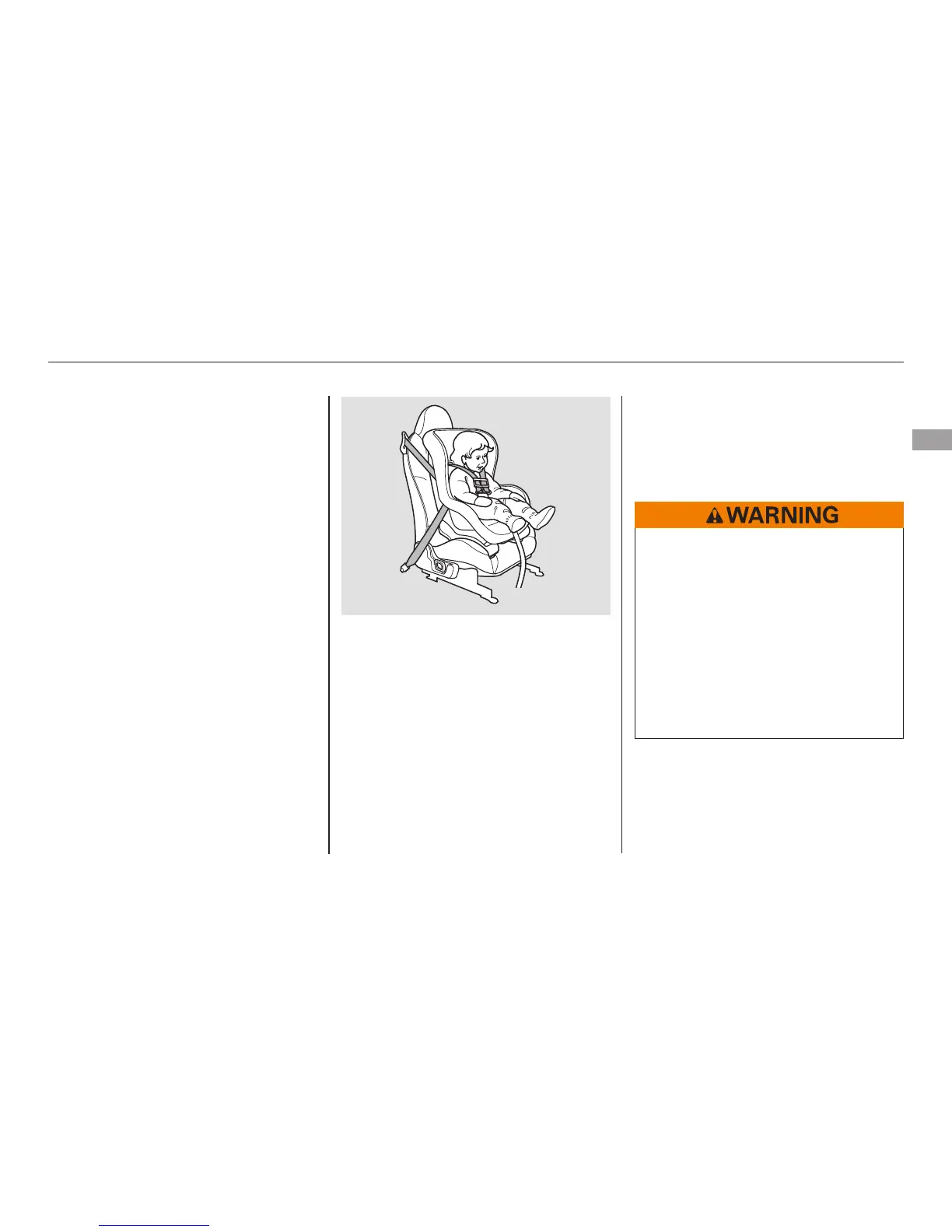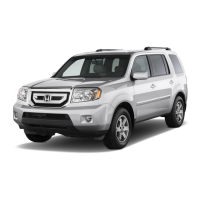
 Loading...
Loading...
Do you have a question about the Honda 2009 S2000 and is the answer not in the manual?
| Brand | Honda |
|---|---|
| Model | 2009 S2000 |
| Category | Automobile |
| Language | English |
Key recommendations for safe operation and passenger protection.
Guidelines for safely seating and restraining adult and teenage occupants.
Explanation of SRS front airbags and their role in frontal collision protection.
Comprehensive details on the vehicle's airbag system, components, and operation.
General guidelines for protecting child passengers, emphasizing proper restraint.
Criteria for selecting an appropriate child seat and installation requirements.
Step-by-step instructions for securely installing a child seat in the vehicle.
Guidelines for ensuring larger children are safely restrained with seat belts and booster seats.
Information on the dangers of carbon monoxide and how to avoid exposure.
Overview of the instrument panel, including indicators and gauges.
How to apply and release the parking brake and its indicator.
Explanations of various warning and indicator lights on the instrument panel.
Explanation of the vehicle's gauges, including odometer, trip meter, and fuel gauge.
How the maintenance minder displays oil life and service reminders.
Location and function of controls on or near the steering wheel.
How the immobilizer system protects the vehicle from theft.
Explanation of the ignition switch positions and their functions.
How to use the remote transmitter for locking, unlocking, trunk release, and panic mode.
How to operate the climate control system, including vents, heating, and air conditioning.
How to operate the climate control system, including vents, heating, and defogging.
How to tune, select, and store radio stations using various methods.
How to load, play, and control CDs using the audio system.
How to use the cruise control system for maintaining speed on highways.
Recommended fuel type, octane rating, and additives for optimal performance.
How to check the engine oil level and add oil if necessary.
Step-by-step instructions for starting the engine under various conditions.
How to operate the manual transmission, including shifting and clutch use.
How the braking system, including power assist and ABS, works.
How ABS prevents wheel lock-up and aids steering control during hard braking.
How VSA enhances stability and traction by regulating engine output and brakes.
How the TPMS monitors tire pressure and alerts the driver to low pressure.
Important safety precautions to follow when performing maintenance.
How the maintenance minder displays oil life and scheduled maintenance items.
Guidelines for proper tire inflation, including checking pressure and factors affecting it.
Recommended cold tire pressures for front, rear, and spare tires.
Step-by-step instructions for changing a flat tire, including safety precautions.
How to use the tire repair kit for temporary flat tire repair.
Troubleshooting steps for when the engine does not start or run properly.
Step-by-step instructions for jump starting a vehicle with a dead battery.
How the malfunction indicator lamp signals engine or emissions system problems.
What the brake system indicator means and the actions to take if it illuminates.
Federal explanation of the TPMS, its telltale, and the driver's responsibility for tire maintenance.











